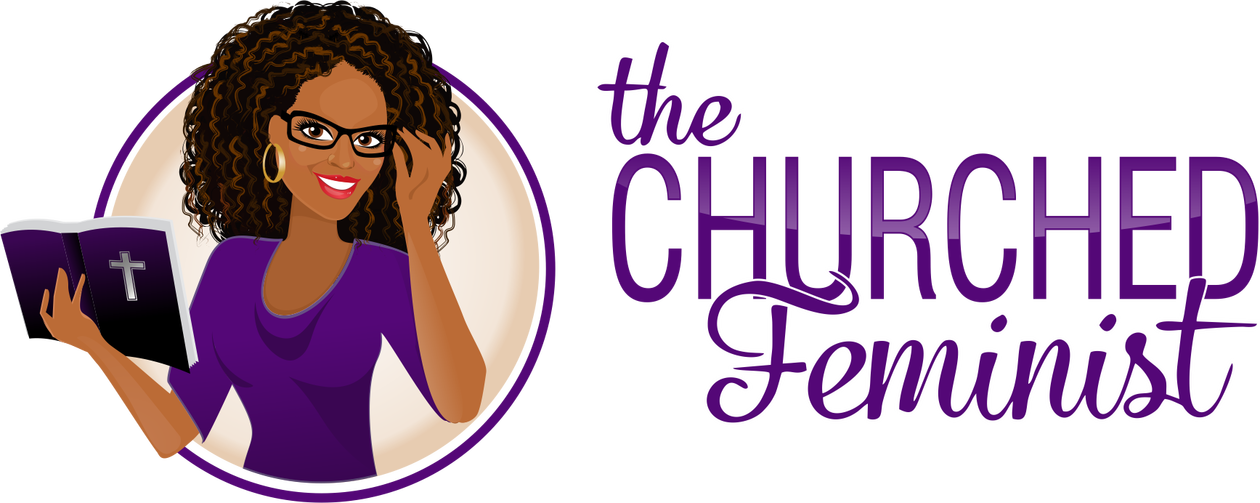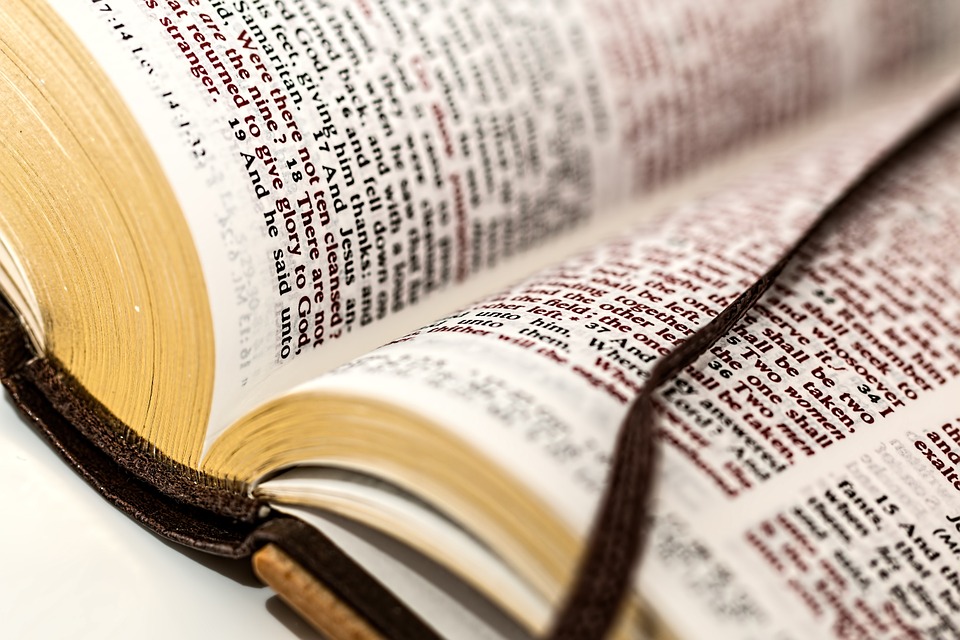


In the Bibles we take to church on Sunday or the ones sitting in racks in the pews, there are typically 66 books: 39 in the Old Testament, and 27 in the New Testament. (Unless you have a Bible with the Apocrypha, which adds an additional 25 books, usually located in the center of the Bible between the two testaments.) The relevant question is, who decided that?
What makes something ‘Scripture,’ and what makes it ‘canon’?
These are not necessarily the same thing. When you call something “scripture,” it means it’s some kind of writing that is taken by somebody as holy and authoritative and somehow sacred. What makes something sacred is not that it is bound in leather with gold shimmer around the edges of the pages. What makes something Scripture is that it’s taken to be authoritative and holy by some particular community.
A “canon” is simply a list of sacred books. And this list is what a religious body adheres to.
When it comes to the Christian Bible, decisions were made about which books would be a part of the canon of Scripture, because there were other books written that did not make it into the Bible, such as the Gospels of Thomas, Philip, and Mary Magdalene.
Why weren’t they included? So many reasons. From the time Jesus was crucified to many centuries after that, believers were persecuted and in hiding for the most part. Once this season of persecution ended, and the Jesus followers could begin to organize and determine their articles of faith and whatnot, the first Christian church was Catholic, and the leaders of the earliest churches were bishops. These bishops came together in Councils. One bishop in particular, Marcion, came up with his own list of what he considered to be canon. He rejected all of the Gospels except Luke, and did not accept Hebrews, James, or any of the 1 and 2 books of the New Testament except Corinthians. He rejected the Old Testament in its entirety.
So as it is in most church meetings, this got the canonization ball rolling as the bishops began to push back on Marcion’s list and began to contemplate which Bible books should be included in the canon. In the end, it was a bishop named Athanasius who came up with the 39 books of the OT and the 27 books of the NT we know today. Some books were lost, some books were burned, some weren’t found until modern times, and some simply did not make the cut based on the criterion those bishops came up with. This is how we got the Bible.
When it comes to Bible translations, I think the three most popular in Black churches are the King James Version (KJV), the Living Bible, and the New International Version (NIV). Prior to the Protestant Reformation, most people did not own their own Bibles; they were thought to be something only priests should have access to. The printing press changed that. With the advent of movable type, Bibles could be mass- produced and more people gained access to them.
The King James Version begs the question, who was King James? King James I was a king of England who had interest in the Bible, and wanted to appease the Puritans. Yes, these would be the same Puritans who were lost at sea and hit American shores in the Mayflower. The King James Version was not the first Bible translated in English, and the access to Greek and Hebrew scholars at the time was limited. This means the KJV is prone to error and translators took creative license in determining meaning. In fact, if you have a KJV and you see words that are italicized, it means those words have been added to the Aramaic, Hebrew or Greek manuscripts the English Bibles were translated from. You can see how that would be a problem. The translators, in order to make the text more ‘readable,’ added extra words. Mind you, the KJV was produced during a time when England was participating in the trans-Atlantic slave trade. This is what I meant when I say all readings of the Bible are interested, and not objective in Part 1. How would someone with money invested in the slave trade in 1611 translate biblical texts about slavery?
The Living Bible was completed in 1971 and this Bible is not a translation, it is a paraphrase. When it comes to biblical translation, a paraphrase means it incorporates the author’s own opinion and/or commentary about what the passages mean. A man who graduated from Northern Baptist Theological Seminary who wanted a version of the Bible that his children could understand translated the Living Bible. He admitted that he translated with a bend toward evangelical theology, and uses evangelical terms such as “way to heaven” and includes many references to being “saved” and “lost.”
The New International Version (NIV) was finished in 1978 and it is important to note that there are many different titles of Bibles that use the NIV version. Any Bible published by Zondervan is likely an NIV translation. The NIV version of the Bible is known as the Bible of choice for conservative Protestants, those who are conservative in both theology and politics. The translational team that worked on the NIV has acknowledged that they hold fundamentalist views of the Bible, and believe the Bible itself to be infallible and should be taken literally. This is why you should open up your Bibles to the first few pages and see who exactly was on the translation team, and note whether or not they have receipts.
If you can’t read Greek or Hebrew, and want to get as close to the original text as possible, The Bible I recommend for study is the New Revised Standard Version. The contributing editors are all scholars in their respective fields, and the notes tell you when they could not agree on meaning or when meaning wasn’t clear. It will tell you all of the places in the Bible where the Hebrew is uncertain. That is about as fair as it gets, folks.
With regards to concordances, remember that the Strong’s Concordance is a companion to the King James Version. Buy the concordance that is a companion to your translation of choice. And yes, the NRSV has its own concordance.
When it comes to Bible dictionaries and commentaries, I prefer the New Interpreter’s series. They can help paint the picture in terms of what life was like when Jesus was alive.
I’ve said this before, and I will say it again. The Bible can be used to liberate or oppress. It all depends on whose hand it is in.